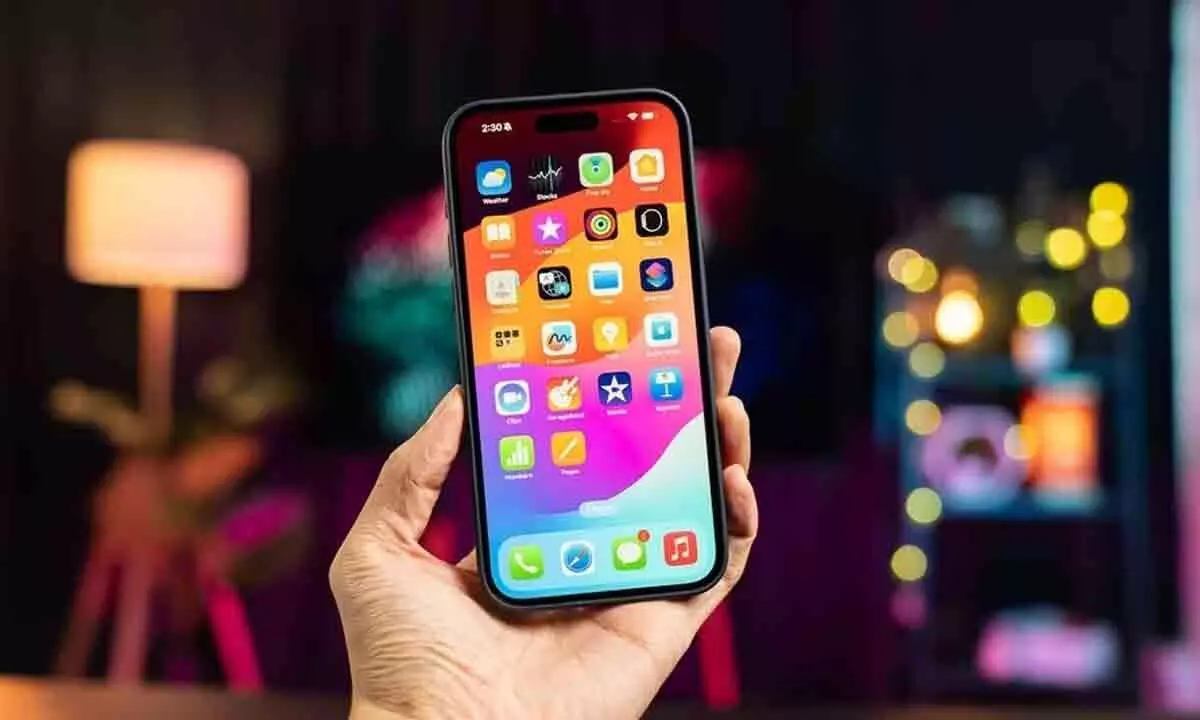Are iPhone privacy screens a reality? Check Apple's new patent

Apple has filed a patent for privacy screens on iPhones and screens with adjustable viewing angles on Macs. Learn all about iPhone privacy screens.
Over the years, Apple has filed some very strange patents. From an iPhone with a built-in MacBook, a windowless car, and vibrant virtual reality socks to a MacBook with a DJ turntable, most of these products are not synonymous with Apple. However, this does not mean that these products reach the production stage. Many patented products don't even get prototypes. That said, it's still interesting to see Apple's engineering prowess. In the latest patent, Apple engineers have supposedly made efforts to improve the privacy of the iPhone by introducing privacy screens. Learn all about this latest Apple iPhone privacy screen patent.
iPhones with privacy screens
Apple filed the patent at the US Patent and Trademark Office on November 21, 2023. Titled 'Privacy Films for Curved Displays, ' it theorizes a privacy film on the device with a layer of light blocking between the first and second transparent substrates. But how would it work?
The patent says, "The light-blocking layer may have a plurality of opaque portions and a plurality of transparent portions. The opaque portions may be shaped to ensure light from the display is directed only to the primary viewer of the display. Each opaque portion of the light-blocking layer may extend along a respective longitudinal axis between the first and second transparent substrates."
iPhone privacy screen technology works like third-party privacy screen protectors available on the market. The primary viewer gets a full, bright view of the screen. However, viewers who snoop at your phone from different angles will likely see a dark screen.
How would it work?
According to the patent, "When it is desired to operate the display in a private viewing mode, the control circuitry may apply a current to the first and second electrodes that causes the electrochromic material to become more opaque, thereby restricting the angle of view of the display. When it is desired to operate the display in a public viewing mode, control circuitry may apply a current to the first and second electrodes that causes the electrochromic material to become more transparent, thereby opening up the angle of view of the display." We are still determining whether iPhone privacy screens or other ideas will become a reality. However, these documents reveal the creative side of a company once called "boring" by former employee Bob Burrough.







